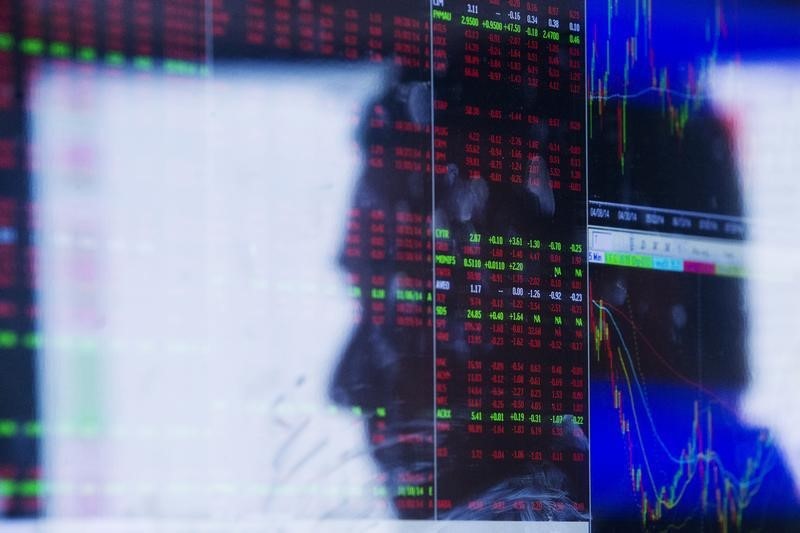U.S. Lawmakers Demand Sales Data from Chip Makers Amid Export Control Debates
As a reflection of the increasing scrutiny on semiconductor technology exports, U.S. lawmakers have requested detailed information on sales to China from leading chip equipment manufacturers. This bipartisan call, led by Republican John Moolenaar and Democrat Raja Krishnamoorthi, involved sending letters to major companies such as KLA, LAM, Applied Materials (NASDAQ:AMAT), Tokyo Electron, and Dutch firm ASML (AS:ASML).
The request, announced publicly on Friday, aligns with a broader objection to anticipated U.S. regulations aimed at tightening restrictions on the export of semiconductor tools to China. Lawmakers emphasized that implementing stronger export controls does not have to undermine the vitality of the equipment manufacturing industry, challenging the notion that such measures would negatively impact the competitiveness of U.S. firms.
The companies in question, which hold significant global influence in the semiconductor equipment sector, have yet to respond to requests for comment. This development occurs amid internal divisions within the U.S. political landscape, including opposition from some Democrats to the Biden administration's impending export regulations. These regulations aim to restrict Beijing's access to advanced semiconductor manufacturing equipment.
Washington's concerns focus on the potential of China's increasing chip production capacity, bolstered by technology acquired from the U.S., Japan, and the Netherlands, to contribute to the country's military modernization. However, challenges in securing full support for new measures from Japan and the Netherlands have raised fears that domestic companies could suffer disproportionately if these allies do not impose similar restrictions.
Earlier, in August, California Democrats had expressed that tighter export controls could put U.S. companies at risk if allied countries do not implement comparable restrictions. As the global semiconductor industry closely monitors how these regulatory developments unfold, the discussion continues.


